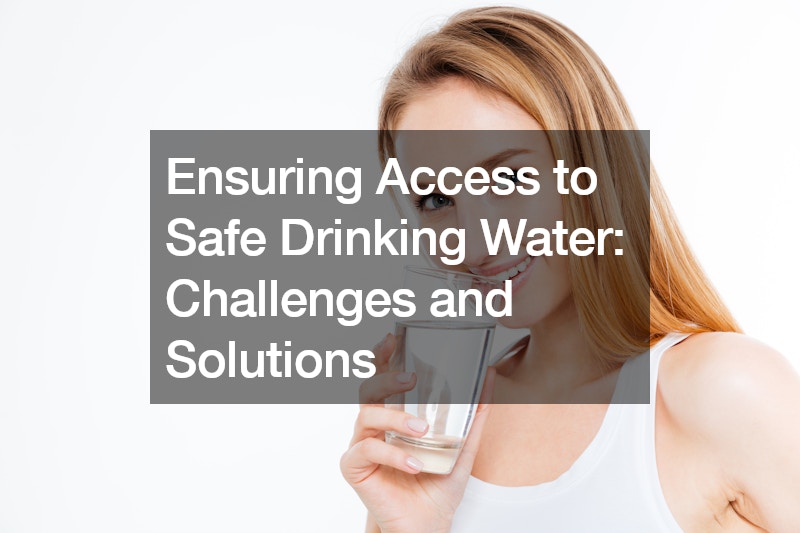Access to safe drinking water is a fundamental human right, yet millions around the world face uncertainties about the quality of water available to them. Contamination from pathogens and chemicals poses significant health risks, making robust water treatment processes essential.
The Water Treatment Process
Turning contaminated water into safe drinking water involves critical steps. Initially, inadequate sanitation and poor protection of water sources can lead to water being contaminated with sewage and fecal matter, creating a breeding ground for dangerous microbes. This contamination contributes to diarrheal diseases, which tragically remain a leading cause of death for children under five in many parts of the world.
Effective water treatment typically comprises three main stages: sedimentation, filtration, and disinfection. Sedimentation allows heavier particles to settle, while filtration through layers of sand or activated carbon removes finer impurities. Disinfection, often using chlorine or ozone, eradicates remaining pathogens, ensuring the water is safe for consumption. However, the use of disinfectants like chlorine must be carefully regulated due to potential chemical byproducts that can pose health risks if not managed properly.
Detecting Invisible Threats
Despite these treatment efforts, challenges persist. Chemical contaminants such as lead and arsenic, invisible to the naked eye, require specialized testing for detection. Water testing kits play a crucial role in identifying these contaminants, enabling proactive measures to ensure water safety.
Point-of-Use Solutions
In regions where centralized treatment systems are lacking or where water may become contaminated after treatment, point-of-use technologies, including residential water purification systems, offer a practical solution. These technologies, rooted in ancient practices like ionization and activated carbon filtration, provide portable and effective means to purify water at the point of consumption.
In Summary
Ensuring access to clean drinking water remains a global challenge, with nearly 800 million people lacking regular access to safe water. Continued advancements in water treatment technologies and rigorous monitoring are crucial in addressing these challenges and fulfilling the basic human need for safe drinking water worldwide.
.


